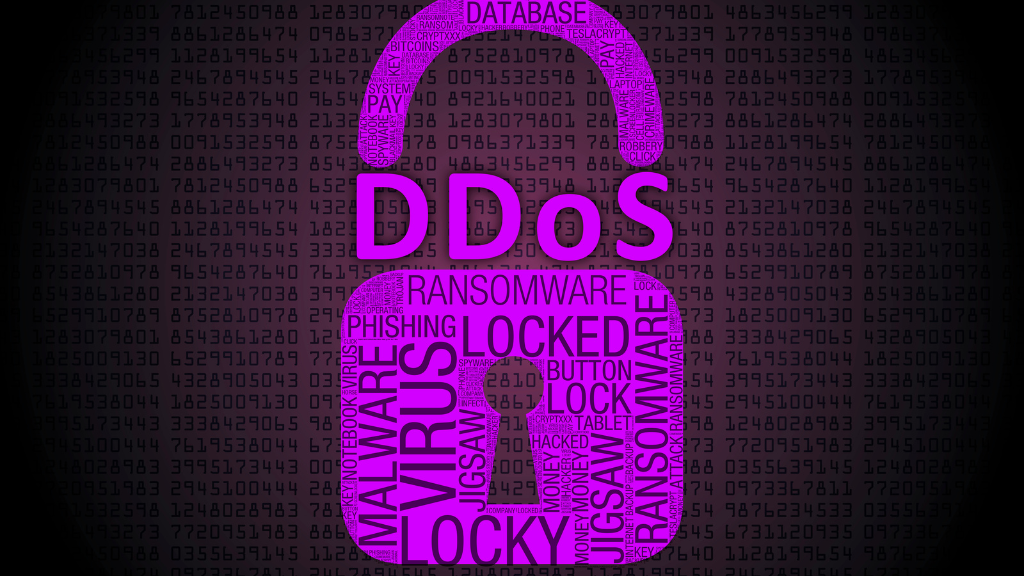The internet has come a long way since its inception, but with its growth comes new threats. One of the most sinister threats lurking in the digital shadows is the botnet. You’ve probably heard of malware, viruses, and worms. But have you heard of botnets? These malicious software programs have the power to take over your computer and use it as a puppet in a much larger operation. They’re one of the most formidable cyber threats out there today. Let’s unravel the mystery of “how to prevent botnet attacks.”
What is a Botnet?

Malware secretly infects numerous internet-connected devices to form a botnet, short for ‘robot network. These devices can range from personal computers to smartphones or even IoT gadgets. Hackers utilize these networks to execute a wide array of malicious activities.
Botnet spamming refers to the malicious practice of utilizing these compromised networks to flood the internet with massive amounts of unwanted emails. On the other hand, botnet spyware secretly harvests personal information from the victim’s computer.
The Birth and Growth of Botnets
The early days of the internet marked the beginning of the evolution of botnets. Originally developed for legitimate tasks, like automating repetitive jobs, these tools soon attracted the attention of cybercriminals. Over the years, their complexity and power have grown exponentially, making them a formidable challenge for cybersecurity experts.
Why are Botnets a Grave Threat?
Their ability to marshal vast numbers of compromised devices gives botnets immense power. They can flood websites with traffic, causing them to crash, steal vast amounts of data, or distribute further malware. Their distributed nature also makes them difficult to dismantle.
Major Botnet Attacks in History
History has seen its fair share of botnet attacks. Remember the Mirai botnet that took down major websites like Twitter, Reddit, and Netflix in 2016? Or the Conficker worm that affected millions of computers worldwide? These are just examples of the devastation botnets can cause.
How Botnet Attack Works?
So, what’s the catch? Once established on unsuspecting devices, remote users control botnets. The individual who exercises this control is often termed the “bot master.” They can use these networks for a variety of malicious activities, ranging from sending spam emails to launching Distributed Denial of Service (DDoS) attacks.
Don’t mix a bot attack with a botnet attack. So, What is a bot attack? Think of it as a puppeteer controlling a puppet. The puppeteer is the cybercriminal, and the puppet, sadly, is your infected computer.
Also See: Black Box Pen Testing vs White Box: A Comprehensive Guide by Experts`
How to Prevent Botnet Attacks
Implementing Robust Firewalls

Having a solid firewall in place is the first line of defense against botnet infiltration. Modern firewalls can detect suspicious traffic patterns and block them, preventing the malware from accessing your network.
Regular Software Updates
Keeping all your software, including operating systems and applications, up-to-date is crucial. Cybercriminals often exploit known vulnerabilities in software. By updating regularly, you patch these vulnerabilities, shutting the door on potential attacks.
Educate and Train Your Staff
Often, human error can be the weakest link in the security chain. By educating your team about the dangers of phishing emails or suspicious downloads, you minimize the risk of inadvertent botnet installation.
Deploy Advanced Threat Detection Tools
Modern threat detection tools use artificial intelligence and machine learning to predict and detect botnet patterns. These tools can monitor network traffic, detect any anomalies, and act swiftly to neutralize threats.
Limiting User Privileges
Firstly, not every user on your network needs administrative privileges. In fact, by ensuring that only necessary personnel have high-level access, you significantly reduce the potential points of entry for malware.

Preventing Botnet Infiltration – Practical Steps:
- Always update software regularly: Outdated software often has vulnerabilities.
- Invest in a robust antivirus and firewall: These are your digital sentries.
- Stay away from shady websites and downloads: If it looks too good to be true, it probably is.
- Educate your team or family about the risks: Knowledge is the first line of defense.
Conclusion
Understanding “how to stop botnet attacks” is paramount in today’s digital age. By taking proactive measures, staying updated, and maintaining constant vigilance, you can ensure that your network remains secure against these cyber threats. Always remember the key to cybersecurity is not just in the tools you use but in the practices you adopt.
Additionally, to bolster defenses against these insidious threats, seeking expert guidance can be invaluable. Firms like Nextdoorsec specialize in providing top-tier cybersecurity solutions tailored to both individuals and businesses. Their expertise not only protects against botnets but also in proactively monitoring and mitigating potential threats.
FAQs
1. How are botnet attacks prevented?
Botnet attacks can be prevented through regular software updates, using strong and unique passwords, deploying firewalls, and being cautious of suspicious emails and links.
2. How are botnets prevented and removed?
Botnets can be prevented by maintaining updated security software, using network segmentation, and ensuring IoT devices have robust security configurations. If a device is compromised, it’s essential to disconnect it from the network, run a thorough malware scan, and then reset the device to its factory settings.
3. What is the solution for botnets?
The solution for botnets includes a combination of proactive measures like software patching and user education and reactive measures such as employing specialized anti-malware tools and services to detect, neutralize, and remove botnet infections.
4. What is a botnet controlled by?
A botnet is controlled by a central system or individual, often referred to as a “botmaster” or “bot herder,” using command and control (C&C) servers.
5. What is the primary purpose of botnet attacks?
The primary purposes are many, from data theft, sending spam, and launching DDoS attacks to even cyber espionage.
6. Are botnets illegal?
Absolutely! Creating, controlling, or using a botnet is illegal and punishable by law.
7. How can a person defend against bots and botnets?
To defend against bots and botnets, one should employ a combination of good cybersecurity practices: use strong, unique passwords, keep software and systems updated, install a reputable antivirus and anti-malware solution, be wary of suspicious emails and links, and utilize network firewalls and intrusion detection systems.






0 Comments